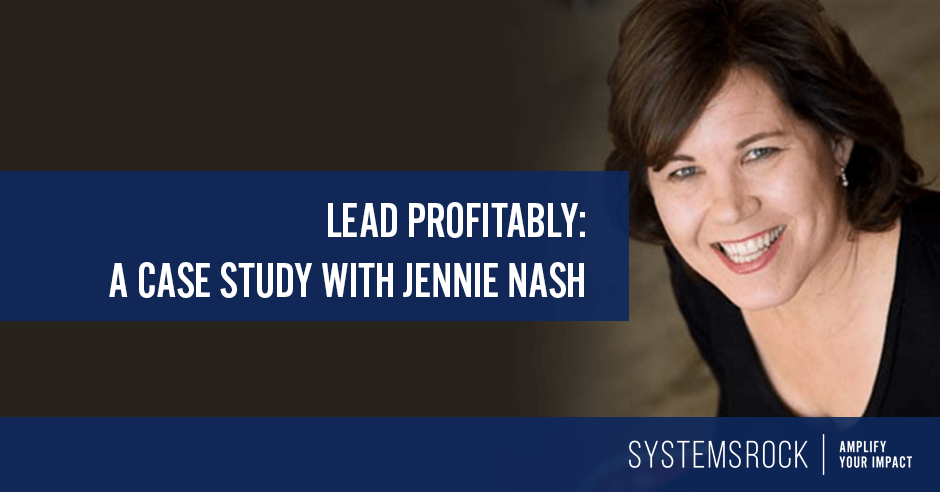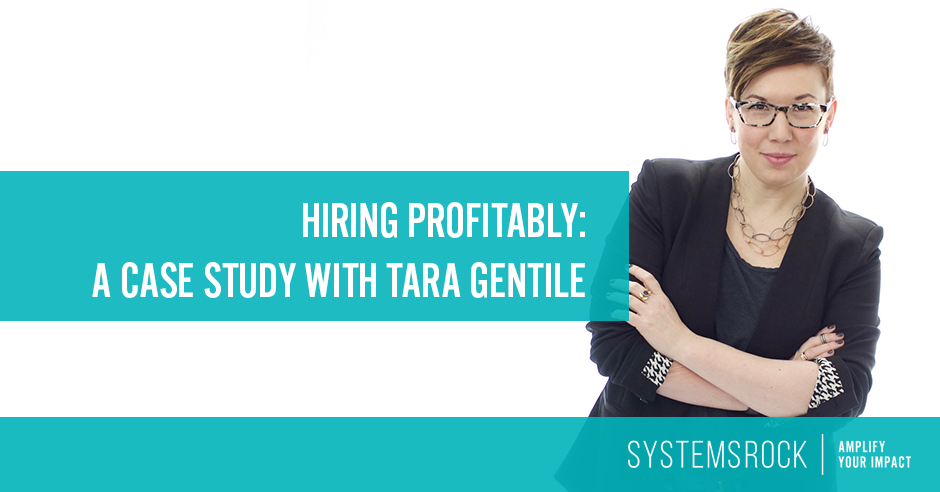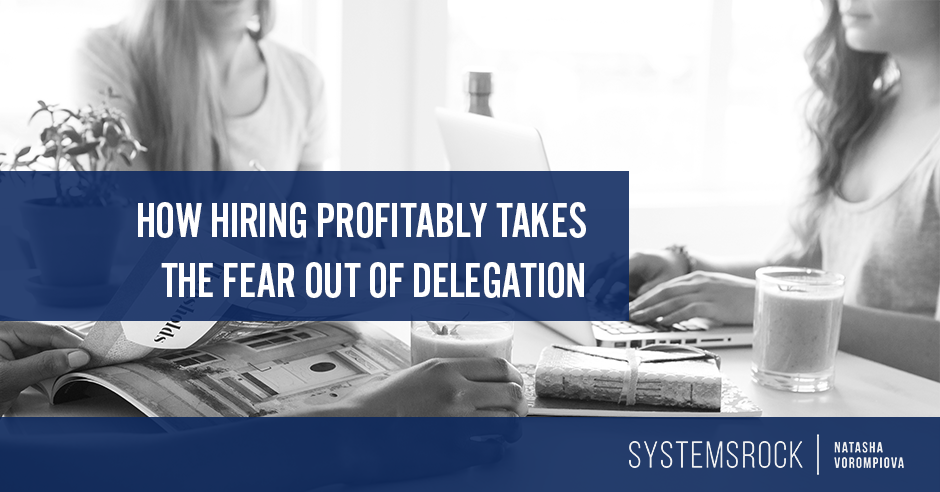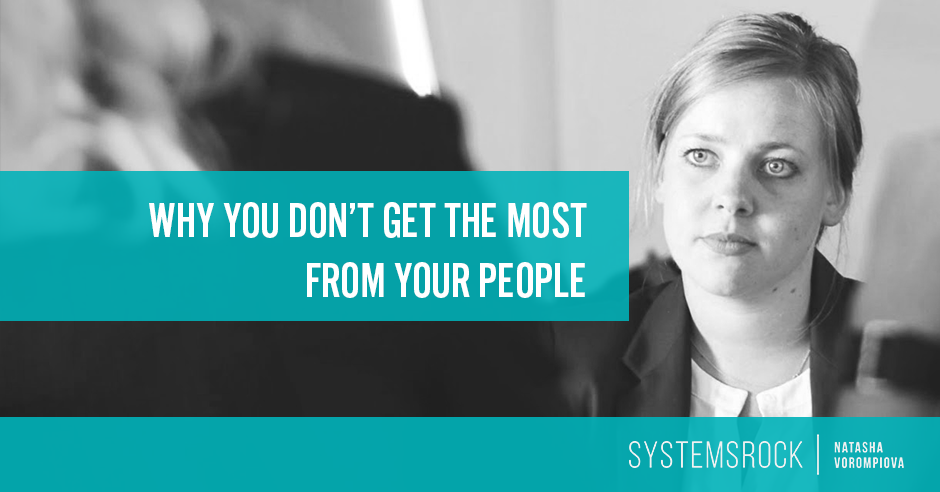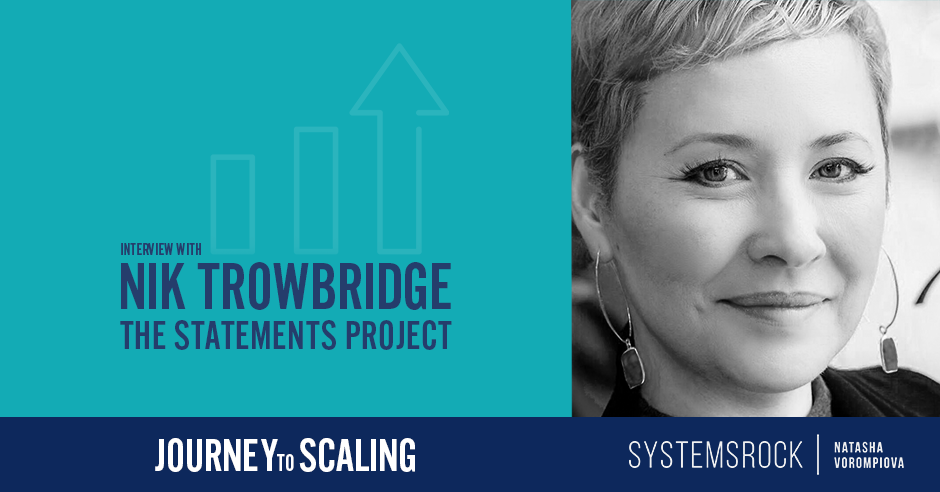
by Natasha | Nov 26, 2017 | Delegation Fundamentals, Lead Profitably
Many creative entrepreneurs resist systems, incorrectly believing that systems will somehow limit creativity or reduce the flexibility of the team. Nothing could be further from the truth, as my client Jennie Nash discovered. Jennie is a successful book coach and founder and CEO of Author Accelerator, an online book coaching service. As Jennie discovered, systems provided the support she needed to successfully lead her growing company and scale her business.

by Natasha | Oct 29, 2017 | Delegation Fundamentals, Manage Profitably, Optimize Your Business
Leading a virtual team presents a unique set of challenges. As a leader, it’s up to you to create a collaborative, supportive atmosphere among people who are separated by distance, time zone, and culture. Your remote workers need to feel they are part of something bigger than themselves, and they need to form strong relationships with each other in order to create the best advantage for your business. Being a true team leader includes empowering each person on your virtual team to feel connected, inspired, and important.

by Natasha | Sep 14, 2017 | Delegation Fundamentals, Grow Your Business, Hire Profitably, Organizational Tips
A case study of Tara Gentile on how hiring profitably prepares your team members to be successful and benefits the group as a whole. Together, we’re sharing her experience with hiring profitably as she added a new community manager to her team.

by Natasha | Sep 10, 2017 | Delegation Fundamentals, Grow Your Business, Hire Profitably
There are plenty of reasons to fear delegation. It’s one thing to hand a well-documented process over to a talented individual while making sure you still have control of the outcome. Without a good understanding of your mission and a strong working relationship based on common goals and shared values, the outcome of this kind of a transition is questionable.

by Natasha | Jul 23, 2017 | Delegation Fundamentals, Grow Your Business
Many business owners end up going through the hiring and firing process multiple times in order to build a strong team. The failure is not about your skills or shortcomings. It’s a failure of the approach you use to hire, manage, and lead your team.

by Natasha | Jul 16, 2017 | Delegation Fundamentals, Experts Share
In this conversation I speak with Nik Trowbridge, the founder of The Statements Project, Statements the Salon, and Statements the Academy. Nik grew her Statements the Salon to nearly 50 employees grossing around $2.8 million per year. This happened by creating...
